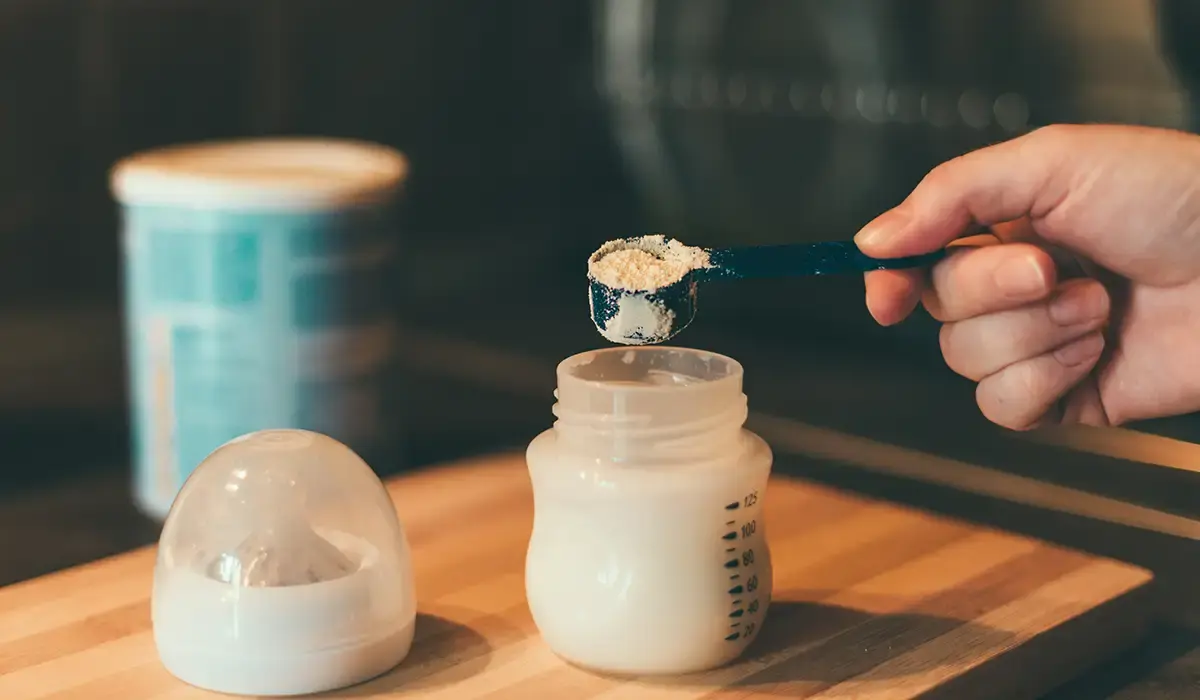Breastfeeding & Baby Feeding
How to Safely Combine Breastfeeding and Formula Feeding

The Complete Breastfeeding Formula Feeding Guide for New Parents
Many parents choose to combine breastfeeding and formula feeding to nourish their babies with flexibility and confidence from day one.
In today’s parenting landscape, using both breast milk and formula is common—and often the best choice for many growing families.
While exclusive breastfeeding is ideal, not every parent can follow that route. That’s where the Breastfeeding Formula Feeding Guide becomes valuable.
You might also enjoy the articles on our other site: OPI Unveils GELement™: Its First-Ever Gel Formula for At-Home Users
Why Some Parents Combine Breastfeeding and Formula
The American Academy of Pediatrics recommends exclusive breastfeeding for the first six months for optimal infant development and immunity support.
However, only 25 percent of U.S. babies meet this benchmark, due to work demands, low milk supply, or personal feeding struggles.
About 58 percent of parents practice combination feeding at six months, while around 35 percent continue breastfeeding at one year.
Because every family faces different challenges, supplementing with formula provides support, convenience, and peace of mind when needed.
Smart Tips from the Breastfeeding Formula Feeding Guide
Following a Breastfeeding Formula Feeding Guide helps you introduce combination feeding in a safe and nourishing way for your baby.
Talk to Your Pediatrician First
Always begin by consulting your doctor. They can help determine how much formula to give alongside breastfeeding or pumped milk.
Wait Until Breastfeeding Is Established
If possible, wait until three to four weeks before offering formula. This delay supports milk supply and latching habits.
Try a Supplemental Nursing System (SNS)
For underweight or newborn babies, consider using an SNS. It delivers formula or breast milk through a tube at the breast.
Nurse First, Then Offer Formula Later
Breastfeed first to encourage milk production. Then offer formula an hour later to support your baby’s hunger and weight needs.
Wean Gradually to Avoid Discomfort
Reduce nursing sessions slowly. This method prevents engorgement, clogged ducts, or painful conditions like mastitis during the transition.
Use Paced Bottle Feeding for Success
Practice paced bottle feeding by holding your baby upright and pausing regularly. It mimics breastfeeding and avoids overfeeding problems.
Mixing Breast Milk and Formula: Is It Safe?
Although possible, mixing breast milk and formula in one bottle can lead to wasted milk if your baby doesn’t finish it.
Instead, many parents first breastfeed, then offer pumped milk, and finally give formula if their baby needs more nourishment.
However, if introducing formula flavor slowly, you can mix prepared formula with breast milk in the same bottle safely.
Avoid Adding Formula Powder Directly to Breast Milk
Never add formula powder to breast milk or use breast milk instead of water when preparing formula—it’s unsafe for your baby.
Formula must be prepared exactly according to packaging directions. Incorrect mixing may lead to imbalanced nutrients or serious health risks.
Breast milk and properly prepared formula are both complete sources of nutrition. There’s no need to combine or “fortify” either one.
Final Thoughts: Trust the Process and Stay Flexible
Feeding your baby is a journey. Whether you breastfeed exclusively or combine with formula, your love and care matter most.
The Breastfeeding Formula Feeding Guide empowers parents to make informed choices without guilt, pressure, or confusion during baby’s first year.
You might also enjoy the articles on our other site: Is Collecting Rainwater Illegal? Here’s What You Need to Know
Explore more expert parenting tips and feeding guidance by checking out other helpful articles on this website today.












